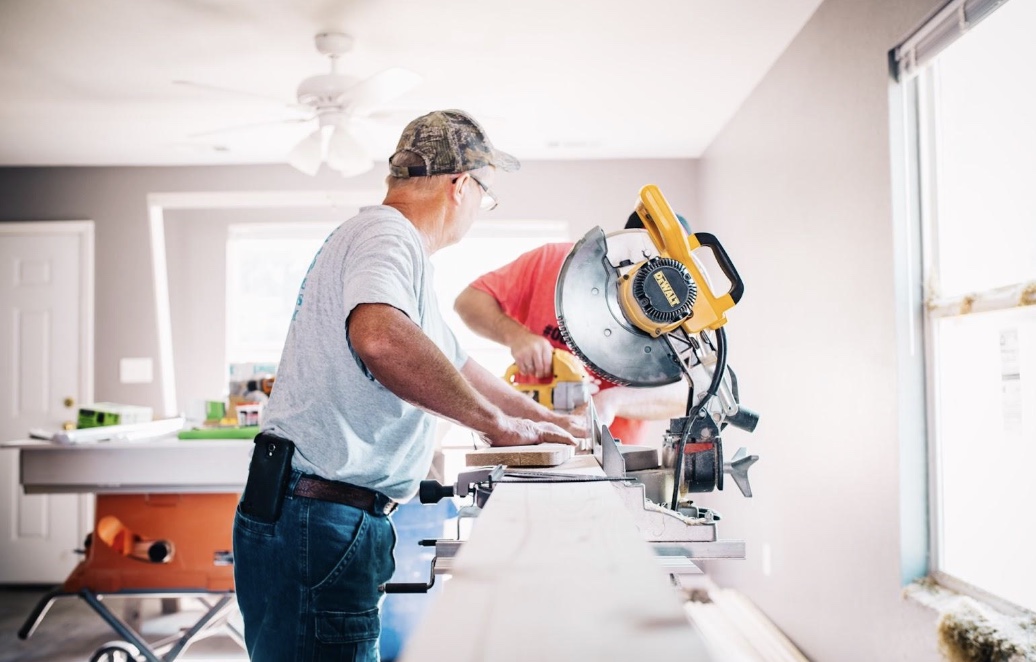Investing is a powerful tool for financial freedom. Several investment vehicles have been tested and proven to generate returns, like stocks and bonds. However, it is still best to diversify your assets – have low-risk investments alongside volatile ones.
Purchasing diversified assets increases your portfolio value. One of the investments generating high returns is real estate; however, it comes with high risks. But understanding the processes in the industry will highly benefit you.
One of the most influential investment tools that you can use in real estate is the 1031 exchange.
Story Stages
What Exactly Is 1031 Exchange?
A 1031 exchange is a tax-deferral tool used by real estate savvy individuals to skip paying capital gain taxes once they decide to sell their property.
You can do so if you are to reinvest the money you will gain from selling your existing property in another like-kind property under the Internal Revenue Service (IRS) – given that it is within the set time limit.
So, what are these like-kind properties? These are similar properties – or of the same nature. If you engage in like-kind exchanges, you are not obliged to report a gain or loss under the Internal Revenue Code Section 1031.
In 1031 exchanges, there are two (2) kinds of properties, the relinquished and replacement properties. The relinquished one is the property up for selling. Meanwhile, the replacement property is the real estate bought through an exchange.
The existence of these two is necessary for a 1031 exchange to happen. The new property must be equal to or more than the value of the relinquished property – and are like-kind.
The exchange must also take place in no more than 180 days. The replacement property must be identified or spotted within 45 days and acquired within 180 days – as the time limit for 1031 exchanges.
However, this is not the only investment tool real estate investors can use. There is also a reverse 1031 exchange – the opposite of those mentioned above 1031 or delayed exchange.
A reverse 1031 exchange works in favor of the real estate property buyer. Instead of the selling happening first, in this type of 1031 exchange, the property is acquired first before putting an existing or old property for sale.
How to Make the Most Out of A 1031 Exchange?
Understanding the basics of a 1031 exchange is easy; you have to take note of the schedule and criteria, and you can start considering it for your real estate investments. However, there are also workarounds you can use to make the most out of 1031.
A frequently asked question about 1031 exchanges: “Can you use a 1031 exchange to pay off a property you already own?” In general, you cannot use a 1031 exchange to pay off property you already own. Or using 1031 exchange to improve an existing property, but, as mentioned, there are workarounds.

The Napkin Test
Marvin Starr, a Californian lawyer, specializing in tax, conceptualized the Napkin Test. It is a tool that you can use to compare the value of replacement and relinquished properties.
It is used to assess how much is the “boot” or taxable gain. For example, if you have a relinquished property sold at $800,000 and used only $650,000 for a replacement property, the $150,000 is considered the “boot.” Thus, it is subject to taxes.
With the Napkin Test, you can determine the taxable amount on your property to still qualify for a 1031 exchange. To avoid paying taxes, you may pay for other costs related to the deal.
In 1031 exchanges, one of the rules is that the value of the replacement property must be more than or the same as the value of the asset sold – relinquished property. But what if that is not the case?
If the replacement property is less than the value of the relinquished property, there is a taxable gain. You will see how much is subject to tax through the Napkin Test.
However, you can still reduce the taxable amount by paying for transactional expenses like insurance premiums, broker or agent’s commission, closing costs, or other costs associated with finalizing the deal.
The $150,000 difference from the previous example can be used to pay for the transaction costs or any intermediary fees to still qualify for the 1031 exchange.
You will know how much you must use or defer for a 1031 exchange through the Napkin Test.
Leasehold Improvement 1031 Exchange
This is used to satisfy the Napkin Test. Leasehold improvements are developments made by the property owner to meet the needs or preferences of the potential tenant. These may be repairs on the ceiling, flooring, and plumbing.
If there is profit from the relinquished property, you can use it to pay construction fees for leasehold improvement – given that the exchange is done within 180 days. The 180-day exchange period means that there are only 180 days to acquire a replacement property after selling the relinquished one.
Generally, you are still charged taxes on improvements you already own for labor and materials that are not considered real estate. So, how can you use a 1031 exchange to pay off a property you already own in this case?
You can ask another party to take ownership of your property for at least 180 days before the exchange. This party will then lease it to an Exchange Accommodation Titleholder (EAT) for about 30 years.
EAT will then use the difference from your relinquished property to carry out leasehold improvements or 1031 exchange on the property you already own. Before the end of the 180-day exchange period, EAT’s interests are handed to you as part of the replacement property.
Can You Use A Property Acquired Through a 1031 Exchange?

Yes, but there is a 1031 exchange 5-year rule for this. If you want to use that property as a primary residence, you have to take note of the 5-year term to qualify for the 121 exclusion.
This exclusion will allow you to avoid or save up to $250,000 in capital gains tax from selling your primary residence. Many think that the 5-year rule is under the 1031 exchange.
However, this is drawn under the American Jobs Creation Act (H.R. 4520) to slow down the loss of the government. Hence, the sale must not occur within five years from the acquisition date of a replacement property.
Conclusion
Rules and regulations on taxes can be complicated. Several technical terms or jargon might confuse and are only understood by tax and law experts. Hence, some individuals may not be able to utilize the use of exclusions like 1031 exchanges in investments.
However, if you are determined to do otherwise, you should do thorough research or seek the help of finance professionals to help you increase your investment portfolio’s worth. Interested in learning more about 1031 exchanges? Visit our website today!
